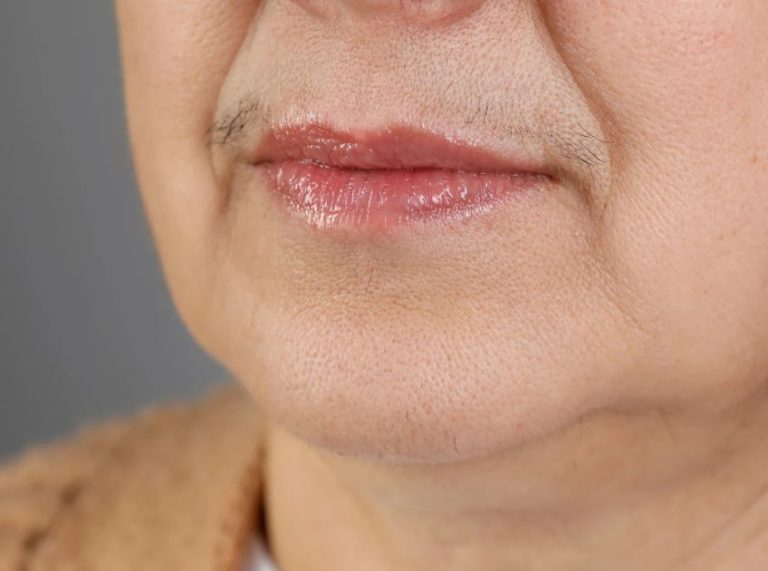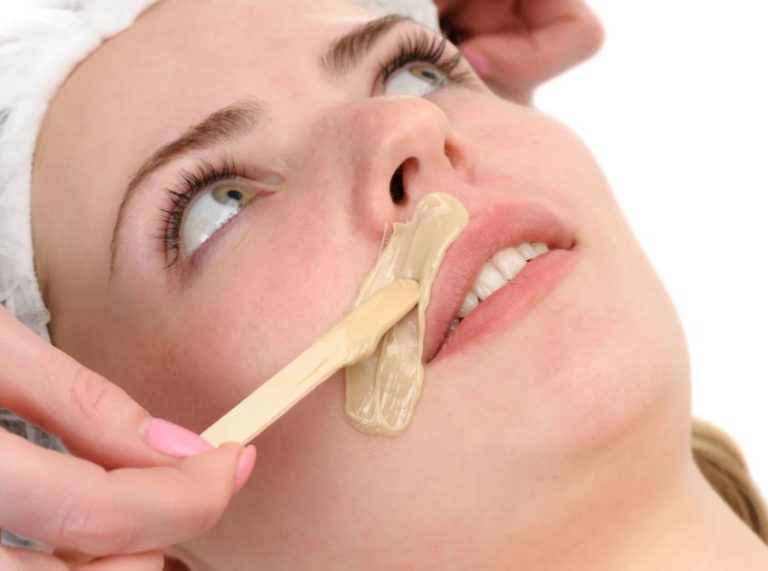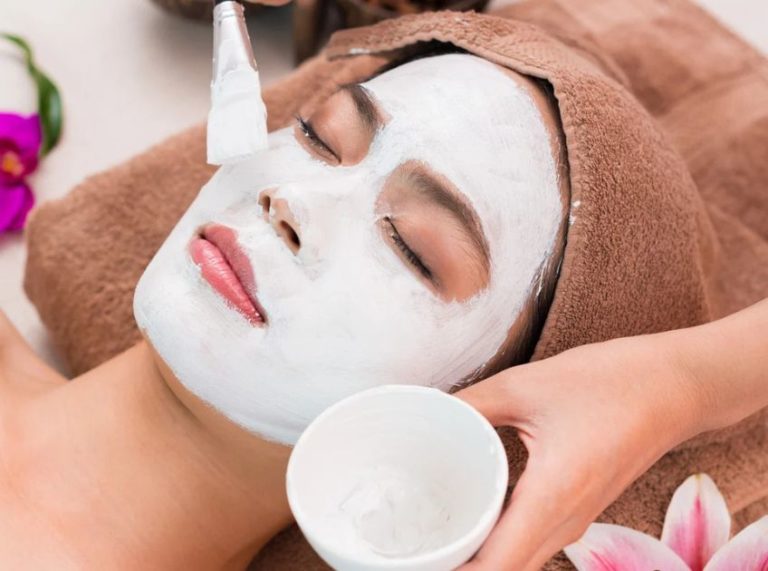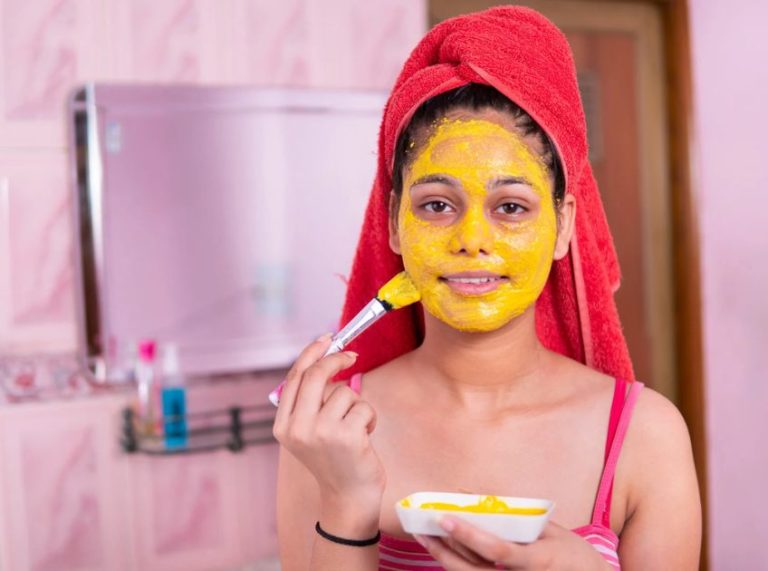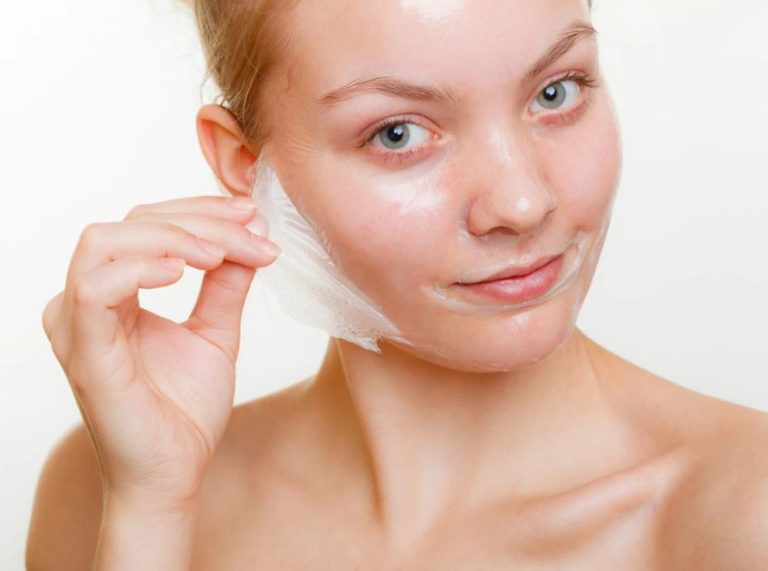
Important: This article is for informational purposes only. Please read our full disclaimer for more details.
Changing your hair color can be a game-changer for your entire look, but picking the wrong shade might wash you out, make you look tired, or clash with your features. That’s why understanding how to match hair color to your skin tone is key to achieving a flattering, radiant transformation.
This guide walks you through how to determine your skin tone, which shades complement it, and the science-backed reasoning behind color choices. Whether you’re considering a subtle change or a dramatic new look, this post will help you choose the hair color that enhances your natural beauty.
Understanding Skin Tone: The Foundation of a Good Color Choice
Your skin tone isn’t just about being “fair” or “dark.” It’s categorized into undertones—cool, warm, or neutral. The surface color of your skin might change due to sun exposure or skincare, but your undertone remains the same.
Here’s how to figure out your undertone:
- Cool undertones: Your veins appear blue or purple. Silver jewelry flatters your skin more than gold. You likely burn before tanning.
- Warm undertones: Your veins look greenish. Gold jewelry looks better on you. You tan easily.
- Neutral undertones: You see both green and blue veins. Both silver and gold jewelry suit you.
Once you determine your undertone, you’re better equipped to find hair colors that make your skin glow rather than appear dull.
The Science Behind Skin Tone and Hair Color Compatibility
Scientific research supports the connection between color perception and skin undertones. According to a 2013 study in Color Research & Application, harmonious color pairings are perceived as more attractive and natural by observers (1) (2). This aligns with the principles of color theory, where complementary tones enhance each other’s vibrancy.
Hair color can influence how warm or cool your skin appears. For example, cooler shades can neutralize redness in warm-toned skin, while warmer hues can bring warmth to cooler complexions.
Best Hair Colors for Cool, Warm, and Neutral Skin Tones
1. If You Have Cool Undertones
Think: pink, red, or bluish skin base
Flattering colors:
- Platinum, ash blonde, and champagne
- Cool browns (mushroom, mocha)
- Jet black
- Burgundy or wine-red tones
Avoid: Golden or yellow-based hues—they can make skin appear sallow.
2. If You Have Warm Undertones
Think: yellow, peachy, or golden skin base
Flattering colors:
- Honey, caramel, and golden blonde
- Chestnut, auburn, and copper
- Warm chocolate brown
Avoid: Blue-based blacks or ashy tones—they can make your skin look dull or gray.
3. If You Have Neutral Undertones
Think: a balance between warm and cool
Flattering colors:
- Most shades work! Try neutral browns, rose gold, or even fantasy colors.
- Bronde (brown-blonde hybrids)
- Soft black or golden blonde
Avoid: Colors that are too extreme on either end (overly cool or overly warm) unless you’re going for a bold contrast.
Tips to Make the Right Hair Color Choice
- Test before committing: Use a virtual hair color app or try semi-permanent dyes first.
- Consider your eye color: Complementary shades to your eyes can enhance your overall look.
- Account for maintenance: Light colors need more upkeep. Bold tones may require frequent touch-ups.
- Think long-term: Consider how the shade will look as it fades and how it might affect your wardrobe choices.
Frequently Asked Questions (FAQ’S)
Q1: Can I pull off any hair color regardless of my skin tone?
A. While rules exist to enhance your natural tones, they’re not set in stone. You can rock any shade with confidence if the tone is balanced with your makeup, wardrobe, and personal style.
Q2: What’s the safest option if I’m unsure of my undertone?
A. Go for neutral hair colors like espresso brown, soft black, or beige blonde. These tend to work well across a variety of skin tones.
Q3: Does age affect which hair color looks best on me?
A. Yes. Lighter and warmer tones tend to soften features and reduce the appearance of fine lines as we age. Harsh blacks or ashy tones may accentuate aging.
Let Your Skin Tone Be Your Guide
Choosing the right hair color isn’t just about following trends—it’s about enhancing what makes you unique. By understanding your skin’s undertone and using it as a guide, you’ll be able to select shades that highlight your features, complement your complexion, and give you a confident, refreshed appearance.
Hair color is one of the most powerful tools for self-expression. With the right knowledge, it becomes more than a makeover—it becomes a mirror of your style and identity.





